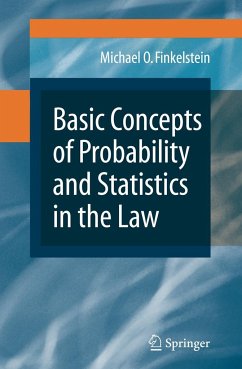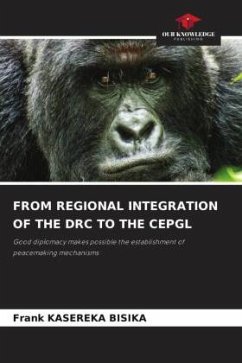
DIDACTIC SUITABILITY IN PROBABILITY
THE CENTRAL LIMIT THEOREM
Versandkostenfrei!
Versandfertig in 6-10 Tagen
29,99 €
inkl. MwSt.

PAYBACK Punkte
15 °P sammeln!
The ontosemiotic approach provides a pragmatic anthropological perspective on mathematical knowledge and proposes three dimensions in the analysis of mathematics teaching and learning: epistemological, cognitive and instructional. Didactic appropriateness is a theoretical tool born within the ontosemiotic approach, which provides a framework for the reflection on the teaching and learning of mathematics.and learning of mathematics, and the improvement of its quality at the educational levels. In this way, research on activity design, analysis of classroom experiences and analysis of didactic r...
The ontosemiotic approach provides a pragmatic anthropological perspective on mathematical knowledge and proposes three dimensions in the analysis of mathematics teaching and learning: epistemological, cognitive and instructional. Didactic appropriateness is a theoretical tool born within the ontosemiotic approach, which provides a framework for the reflection on the teaching and learning of mathematics.and learning of mathematics, and the improvement of its quality at the educational levels. In this way, research on activity design, analysis of classroom experiences and analysis of didactic resources has been emerging. In this paper, we intend to present an approach in the construction of a general guide of epistemic suitability indicators around probability, specifically the Central Limit Theorem. All this for its possible application by teachers as an instrument of reflection on each teaching experience in higher education.












